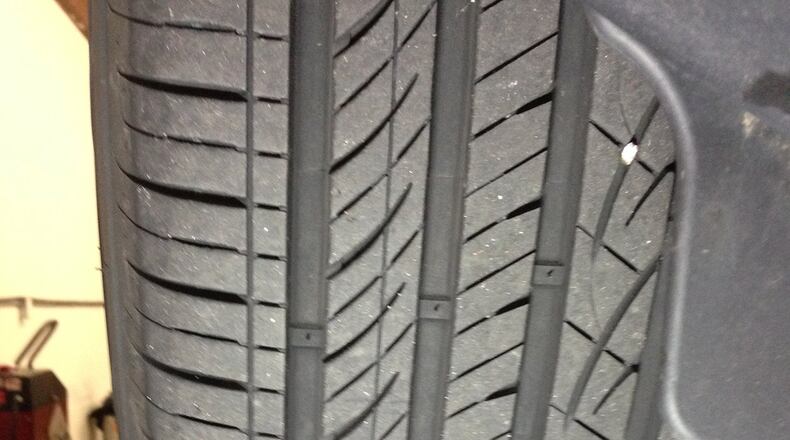Halderman:
I asked my son Brad, who is a tire engineer in Akron, to see what his thoughts were. Here is his response: “I looked at this tire design and I’m not surprised at all that it’s sensitive to road grooves. It’s called (not surprisingly) Road Groove Wander. What you describe is correct. It is tread geometry-related. Basically, the circumferential grooves are all straight so they “hook” the road grooves. The road grooves look straight but have enough wander to pull the car around. That size must be just right for more than one groove to line up with the road grooves. We use modeling tools to predict this wander.
The same tire in a different width might be fine or that whole tire line might be sensitive. It depends on how the groove spacing lines up. Your tires on another vehicle might also be fine. The fix is to replace the tires with something else. Being new tires, I’m sure the dealer will work with you.”
About the Author
